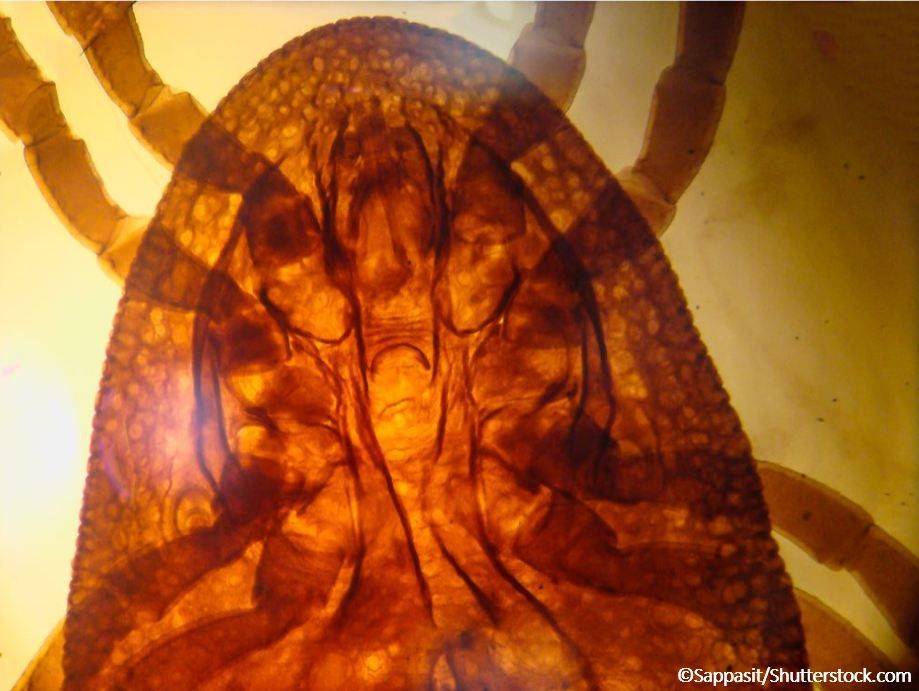Article
Severe, Persistent Lyme: It's a Real Thing
Post-treatment Lyme disease syndrome is a real disorder with real symptoms, say researchers.
©Sappasit/Shutterstock.com

Key points
• Fatigue, pain, insomnia, and depression persist over long periods in some patients with Lyme disease, despite largely normal physical and laboratory findings.
• A systematic approach to symptom measurement can identify post-treatment Lyme disease syndrome (PTLDS).
Background
Experts have questioned the validity of the term "chronic Lyme disease" because of the lack of direct evidence of ongoing Borrelia burgdorferi infection. Moreover, the term is not well defined.
John N. Aucott, MD, and colleagues at the Johns Hopkins University School of Medicine in Baltimore, MD, set out to study individuals with PTLDS.1 This disorder is defined by the Infectious Diseases Society of America as the development of significant fatigue, widespread musculoskeletal pain, and/or cognitive difficulties that arise within 6 months after completion of antibiotic therapy for physician-documented Lyme disease and that last for at least 6 months. The researchers recently published their findings in Frontiers in Medicine.
The study
• The study included 61 patients who met the criteria for PTLDS and 26 healthy controls.
• Participants were assessed by physical examination, clinical laboratory testing, standardized questionnaires, and a 36-item current symptom list.
• The questionnaires measured the severity of fatigue, pain, sleep disturbance, and depression, as well as quality of life.
The results
• Few clinically significant differences existed in results of the physical exams and laboratory tests, except for an abnormal inability to sense vibrations in some patients with PTLDS.
• There were significant differences in the results from the questionnaires: about 50% of patients with PTLDS reported severe fatigue, about 28% reported severe pain, about 23% reported severe cognitive complaints, and about 31% reported severe sleep difficulty (P < .001 for each).
• In addition, patients with PTLDS reported significantly lower quality of life (P < .001).
Implications for clinicians
• The results of this study suggest that PTLDS can be diagnosed through careful and thorough examination of symptoms.
• "Post-treatment Lyme disease syndrome is a real disorder that causes severe symptoms in the absence of clinically detectable infection," says Dr Aucott.2
References:
1. Rebman AW, Bechtold KT, Yang T, et al. The clinical, symptom, and quality-of-life characterization of a well-defined group of patients with posttreatment Lyme disease syndrome. Front Med. 2017;4:224. doi: 10.3389/fmed.2017.00224.
2. Study shows evidence of severe and lingering symptoms in some after treatment for Lyme disease [news release]. Baltimore, MD: Johns Hopkins Office of Communication and Public Affairs; February 1, 2018. Accessed February 8, 2018.




